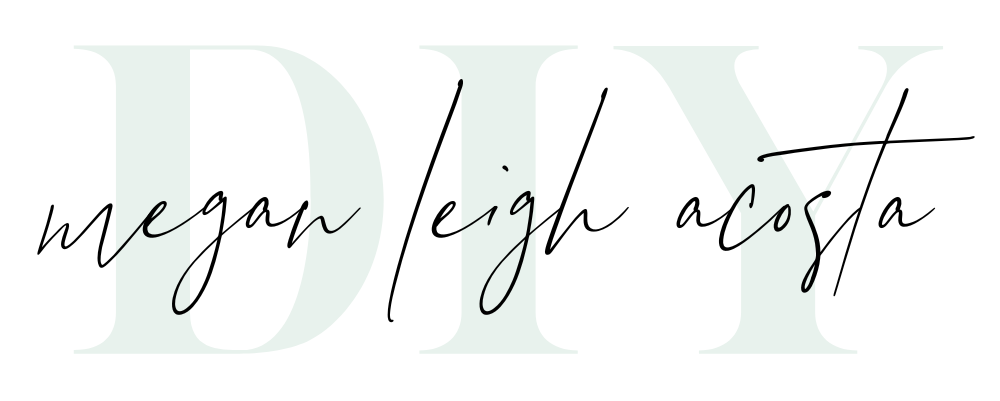GIFs are probably one of the most popular ways to communicate in our day and age, am I right? Did you know that GIFs are just a particular image file format? Typically, a series of photos compressed into one looping file? In the art world, you might called these a stop animation. I LOVE stop animations. I made my first one in a drawing course my freshman year of college, (a decade ago, in 2010)! That one was great because we weren’t supposed to do any planning. We just showed up to class everyday and started drawing and taking photos. Too cool! I thought it was such a great project that when I taught high school art for three years I always had my freshman/art 1 students make their own stop animation as their final project!
What are stop animations?
Stop animations can be drawings, photographs, or digital renderings, but are always a series of still images that are sequenced together to create an animation. Those classic cartoons you remember watching are all considered a stop animation, as each one would have been drawn by hand (nowadays digitally) and then rendered into a film by sequencing the drawings together. If you have ever seen claymation films like “Wallace and Gromit” or “Chicken Run,” those are made by photographing clay. The clay characters would be moved, have their photo taken, moved slightly again, and repeated, until the images could be strung together to look like the clay is moving on its own.
What is the difference between a stop animation and regular movie?
The difference between a stop animation and regular film is that stop animations allow you to create films that could not be recorded in real life. For example, you could slowly move an object around like I did in the GIF below. I took a photo after each small movement and then strung them together into an animation. It looks like the phone is moving on its own. If I recorded that as a regular movie you would have seen my hand moving the phone each time.
HOW TO CREATE A STOP ANIMATION FROM PHOTOGRAPHS
The biggest trick to nailing a stop animation is to use a tripod! Using a tripod allows for your overall scene to have minimal movement, making the stop animation much cleaner than if you photograph by hand. You may not place your camera in the right spot for each photo if you do it by hand, which will result in an erratic animation. If you do not have a tripod, try to at least prop your camera up in the same spot. My students who needed to take photos of their drawings would stack our art textbooks and then tape their phones to the edge of the stack,and tape their paper down in one spot so they could easily draw a little, photograph, and repeat without moving their phone or drawing.
I love using photographs of objects to create stop animations because you can make inanimate objects look like they are alive. To create the animation above, I just moved my phone tiny increments, and took a photograph after each movement. You can do this with anything! This is how claymation stop animations are made. The clay figurines are moved in small increments with a photo after each movement. You can end up with hundreds or thousands of images. For those hour+ long movies I would estimate they have hundreds of thousands of images. The more images you take/more tiny changes in movements you capture, the smoother the animation will be. Many free editing softwares will not allow more than a frame every 0.10 seconds though, so if you have too many at that speed it will make the animation feel slow. You have to find the happy-medium between number of frames and frames speed.
HOW TO CREATE A STOP ANIMATION FROM DRAWINGS
As I mentioned above, if you are drawing, the process if very similar. You still want to use a tripod and will want to place you tripod in one place. You will make small changes to the drawing and photograph each and every change. If you have a characters that may be moving, it is helpful to sometimes draw and cut them out, so you just move them along. You can also draw/cut various expressions and stages of movement so you can move them around the scene as you take photos. Just remember to take a photo after any change you make or the animation will look jumpy.
How do I actually create the .GIF file?
Now that you have your .jpeg files, how do you convert them into one .gif file? Click here to read a blog post specifically with these instructions!
What if I want a .MOV or .MP4 file?
Okay, for this you can use any movie editing software! Load your .jpeg files into your movie/animation timeline, and adjust the duration of each “clip” (image) do about a tenth of a second (0.10). Then you can export the file as a .mov or .mp4 and have our animation as movie instead of a .GIF! This is important to know because some platforms only allow certain types of files. I fyou use Giphy as mentioned in this post, you can download a .mp4 version of your .gif file!

